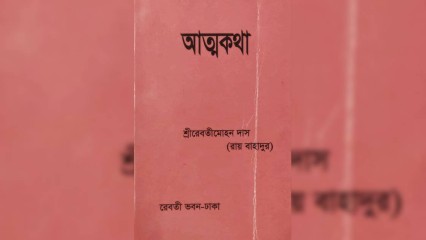[email protected]
Dhaka, Bangladesh
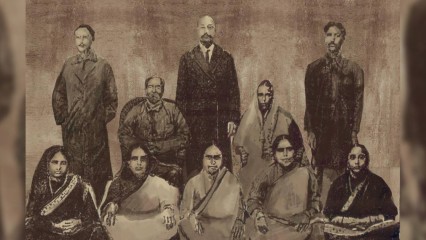
In 1900, Revati Mohan Das family started living in their new home built in Sutrapur which came to be known as Revati Bhaban. The second house called the Das Lodge was built in 1942. Revati Mohan's elder son Satyendra Kumar Das who received the Ray Bahadur title, was the chairman of Dhaka Municipality for two terms. He inherited Revati Bhaban.

Apart from establishing businesses and making profits, Revati Mohan was engaged in philanthropy. In 1908, Dhaka Orphanage was established by Beatson Bell and Revati Mohan as a joint venture. Both Hindus and Muslims lived in this orphanage. Revati Mohan's wife and daughters-in-law used to visit the girls of the orphanage frequently, and the girls staying there also visited Revati Bhaban from time to time. After the death of his wife, Revati Mohan expanded a section dedicated to the widows of Dhaka, and named the expanded building “Binodini Hall”. Revati Mohan supported various institutions including East Bengal Institution and Mymensingh City College. He contributed an amount for the X-ray service at Dhaka Mitford Hospital.
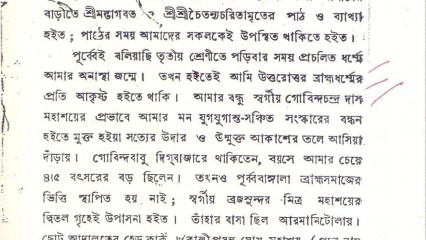
As a young man, especially after the passing away of his father, Revati Mohan became enthusiastic about Brahmoism, the new reformist movement in religion initiated by Ram Mohan Roy and Dwarkanath Tagore in Calcutta. Later, he would frequently travel to areas near Dhaka to preach the Brahmo religion. After he moved to Revati Bhaban in 1900, regular meetings with the followers of Brahmoism were held every Wednesday in the house itself. Preachers from Kolkata would visit the house and sit for discussions.
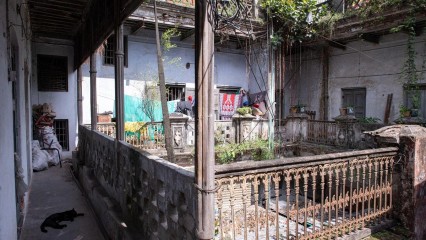
In Revati Mohan House, there are three inner courtyards. The courtyards are instrumental in providing a pleasant and comfortable living environment in a hot and humid climate like the one in Bangladesh. Additionally, the majority of the house has a depth of a single room, and a verandah for proper cross ventilation.

The building consists of three wings, each of which were constructed at different periods of time. Among them, the southernmost wing was constructed during the lifetime of Revati Mohan Das himself, in the late 19th century. It was built as an enclosed mansion with a traditional courtyard, where privacy, security and the cultural heritage of the owners were given the topmost priority. This wing in particular created separate zones for men and women.
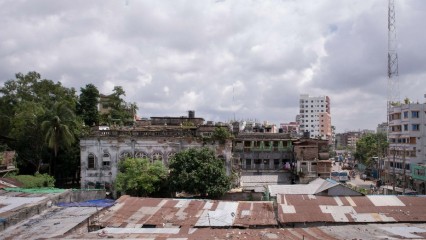
According to an article by M H Haider, published in The Daily Star, one side of the house used to open up to Dholai Khaal, a historic neighbourhood in Old Dhaka, named after the canal built in 15th century by the Mughal Subehdar of Bengal, Islam Khan I. At present, we can only visualize how glorious the mansion must have looked, with the canal flowing nearby.
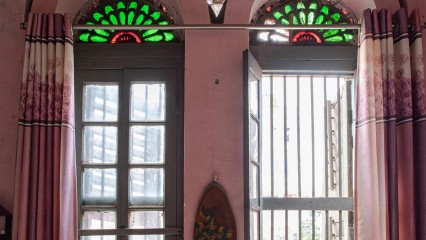
The magnificence of the house lies not just on its impressive facade, that is visible from the front yard. Much of its grandeur is also due to the courtyard spaces, elaborate ornamentation, elegant motifs, large windows, and ceilings with wooden beams. The building was built over various periods of time, and yet its entire composition will remind its visitors of early 20th-century Dhaka.

